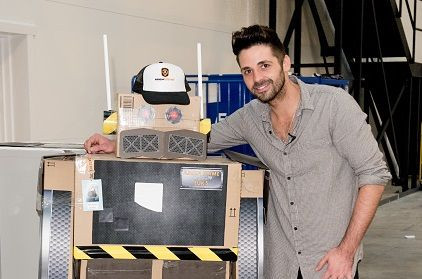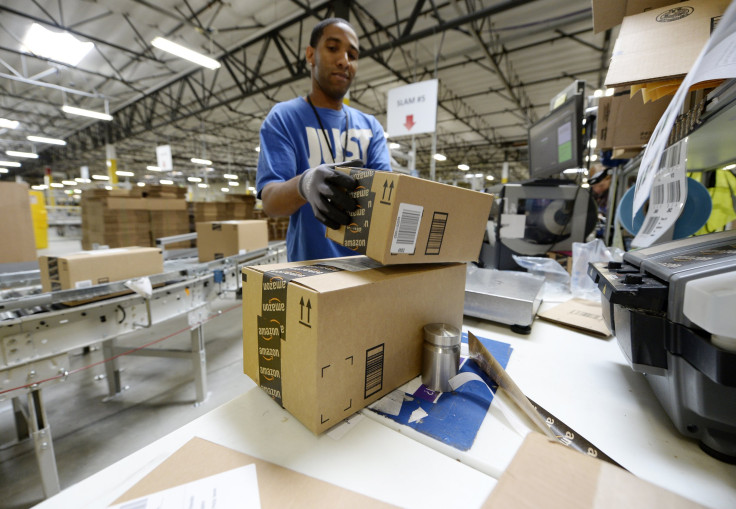Amazon.com Inc (AMZN) Is Hiring More Humans And Robots To Fuel Retail Expansion

The sprawling Amazon fulfillment center in DuPont, Washington, seems more like the set of a science fiction flick than a warehouse crammed with consumer goods. Thousands of bright orange robots haul heavy stacks of pallets and packages across the slick concrete floor, while hulking yellow robotic arms retrieve and return inventory to sky-high shelves.
Yet human workers still roam the DuPont center, fulfilling tasks too complex or granular for the center’s fleet of automatons. Around 500 full-time employees help decide which boxes go where and how to arrange products. Unlike the robots, the humans have two key tools — hands — for essential warehouse operations like packaging and stowing goods.
The need for people, not just ultra-efficient machines, should assure those who fear that increasingly intelligent robots might soon put humans out of work, the Seattle Times reported Saturday. Amazon.com Inc. (NASDAQ:AMZN) has 30,000 robots throughout its U.S. facilities, but its human workforce of more than 230,000 is nearly eight times the size — not counting the 100,000 seasonal workers on hand during the holiday rush.

The Seattle-based tech and retail giant might soon become the second-largest employer among Fortune 500 companies, mainly because of its warehouse jobs, the Seattle Times reported in February. That would put Amazon behind only Wal-Mart Stores Inc., which employed 2.2 million people in 2015.
The robot workforce is growing in tandem with the people-powered positions. Amazon in 2012 acquired a company formerly known as Kiva Systems for $775 million and has since ramped up production of the square-shaped machines.
Dieter Fox, a robotics researcher at the University of Washington, said Amazon’s large-scale experiment shows both the promise and limitations of robots. The machines can handle grueling tasks, like hauling packages weighing up to 700 pounds, but they can’t handle unpredictable tasks or even operate effectively alongside humans, the Seattle Times reported.
“The scale of the whole operation is fascinating,” Fox said of the DuPont site, which he has visited. “When you look at these boxes and how unsorted the items are,” he told the newspaper, “it’s clear that there’s still a lot of research to be done.”
Amazon’s retail expansion arrives as the company faces continued criticism over its corporate culture. A monthslong investigation by the New York Times depicted the online retailer as having a relentless ethos that edged out workers who were evaluated harshly by their peers and managers.
In an April 5 letter to shareholders, Amazon founder and CEO Jeff Bezos defended the company's corporate culture.
“The reason cultures are so stable in time is because people self-select,” he wrote in his annual letter. “Someone energized by competitive zeal may select and be happy in one culture, while someone who loves to pioneer and invent may choose another.” He added that Amazon has never declared its approach to be the “right one.”
© Copyright IBTimes 2025. All rights reserved.




















